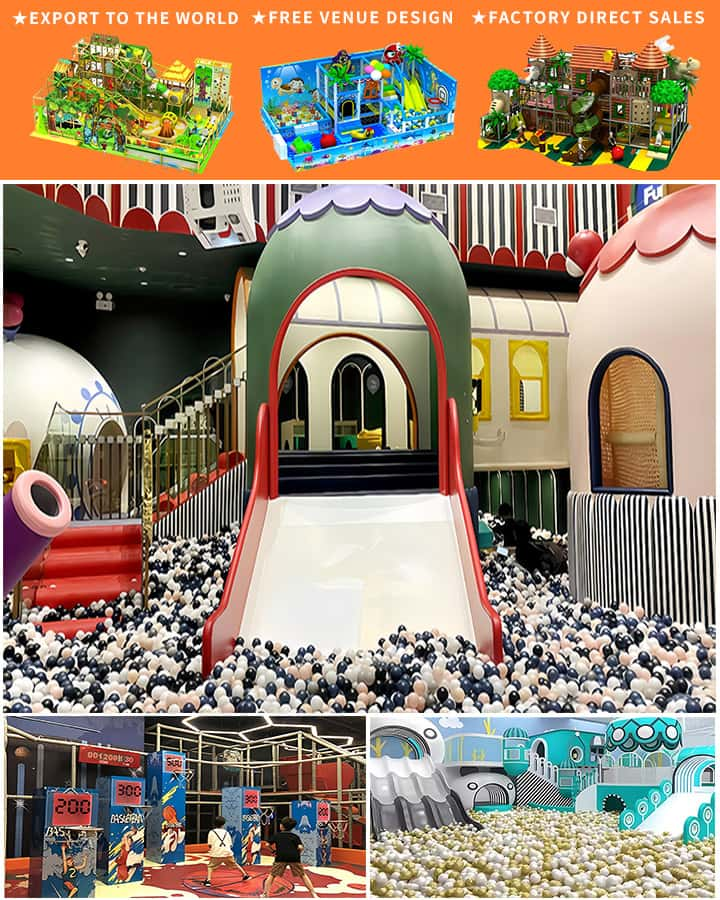Designing an engaging indoor play area equipped with suitable toys and equipment can transform any ordinary space into a child’s paradise. Whether you are setting up in your home, school, or community center, creating a fun, stimulating, and safe environment is essential. Here’s how to achieve that perfect balance.
Selecting the Right Equipment
1. Climbing Structures: Climbing walls, ladders, and platforms not only provide physical exercise but also boost confidence as children conquer new heights. Ensure all climbing structures have non-slip surfaces and are securely anchored to the floor.
2. Slides: A well-built slide can add an extra element of excitement. Choose one that complements the height of the climbing structure and has smooth edges to prevent cuts and scrapes.
3. Interactive Panels: Educational elements like interactive whiteboards, shape sorters, and sensory panels can make learning fun. These tools encourage cognitive development while keeping children entertained.
4. Ball Pools and Bounce Houses: These items bring an element of joy and energy, perfect for burning off some steam. Make sure the balls are made from non-toxic materials and the bounce house is properly inflated and stable.
Safety First
When selecting indoor play area equipment, safety should be your top priority. Look for:

- Rounded Edges and Corners: To prevent injuries.
- Non-Toxic Materials: All play equipment should be made from safe, non-toxic materials.
- Sturdy Construction: Ensure the equipment is robust enough to handle rough play.
- Proper Padding: Especially under climbing structures and slides, to cushion falls.
Incorporating Educational Elements
An ideal play area should also incorporate educational aspects to foster learning through play. Consider including:
- Puzzle Boards: For problem-solving skills.
- Building Blocks: Like LEGO sets or wooden blocks to enhance creativity and motor skills.
- Role-Playing Sets: Such as mini kitchens, doctor kits, or tool benches, to encourage imaginative play and social interaction.
Design Tips
1. Themed Areas: Create different zones based on themes such as a pirate ship, jungle gym, or fantasy castle. This adds variety and keeps the play area visually appealing.
2. Colorful Decorations: Use vibrant colors and decorations to create an inviting atmosphere. Soft furnishings and wall art can add warmth and charm.
3. Adequate Space: Allow plenty of room for movement to ensure children can play freely without bumping into each other.
4. Versatile Furniture: Opt for multifunctional furniture like storage cubbies that double as seating or tables that can be used for various activities.
Maintenance and Hygiene
Regular maintenance and cleaning are crucial to keep the play area safe and hygienic:
- Wipe down surfaces daily using child-safe disinfectants.
- Inspect equipment regularly for any signs of wear and tear and repair as needed.
- Rotate toys periodically to keep the environment fresh and engaging.
Conclusion
Creating a captivating indoor play area filled with diverse and safe equipment can significantly enrich a child’s developmental experience. By thoughtfully incorporating climbing structures, slides, educational panels, and ensuring a safe environment, you can craft a haven where kids will love to play, learn, and grow. With these guidelines, you’re set to design an indoor play area that is both fun and beneficial for children’s overall growth.




